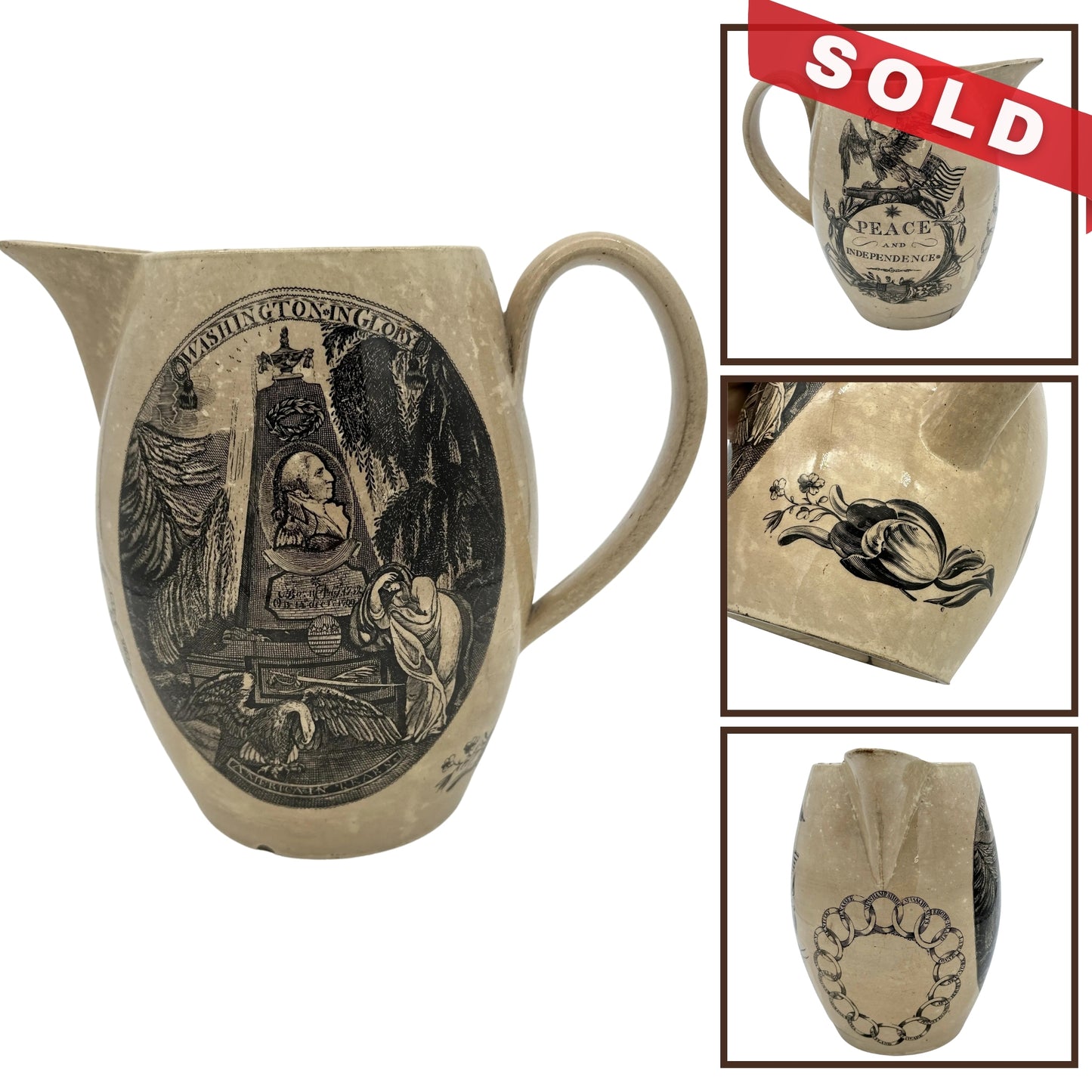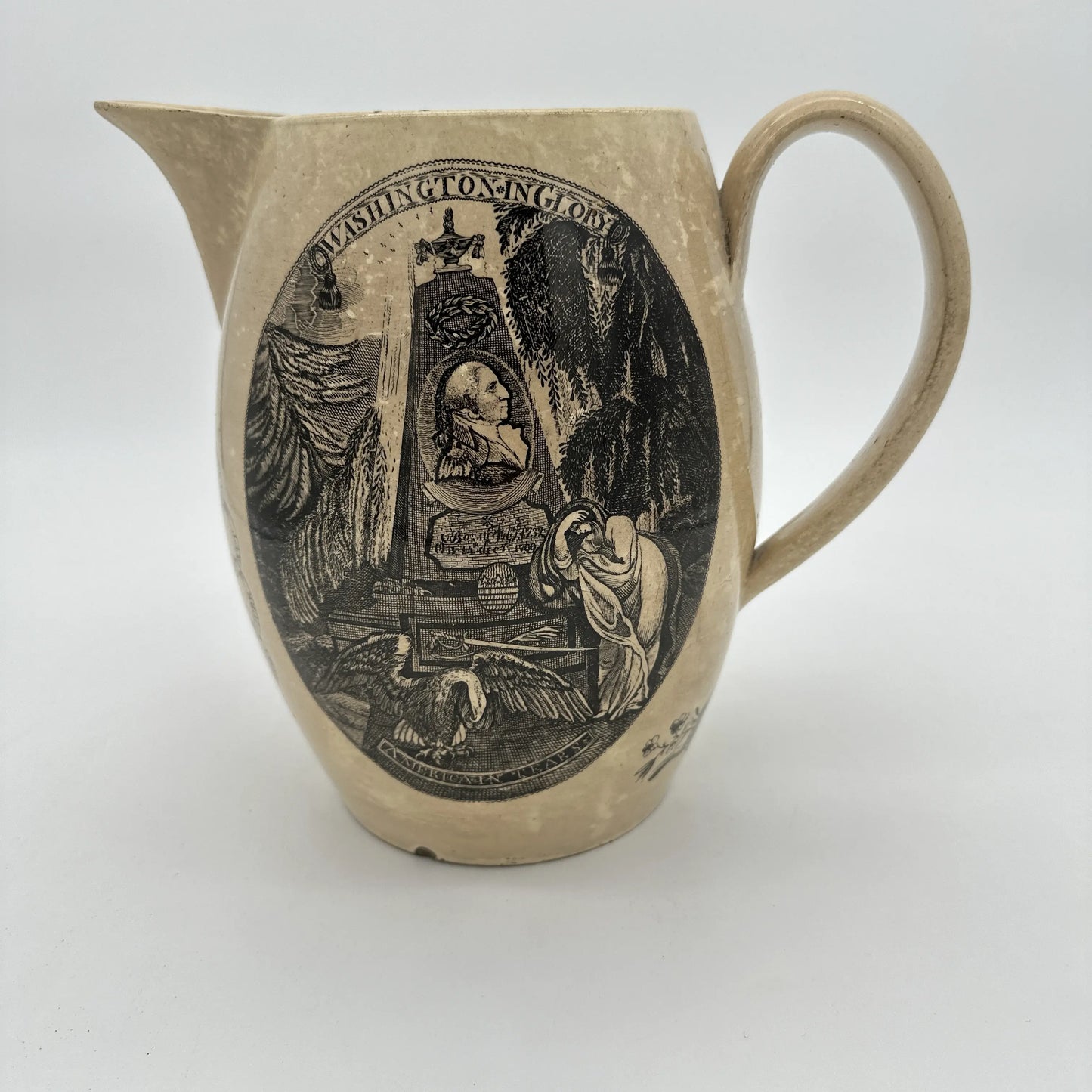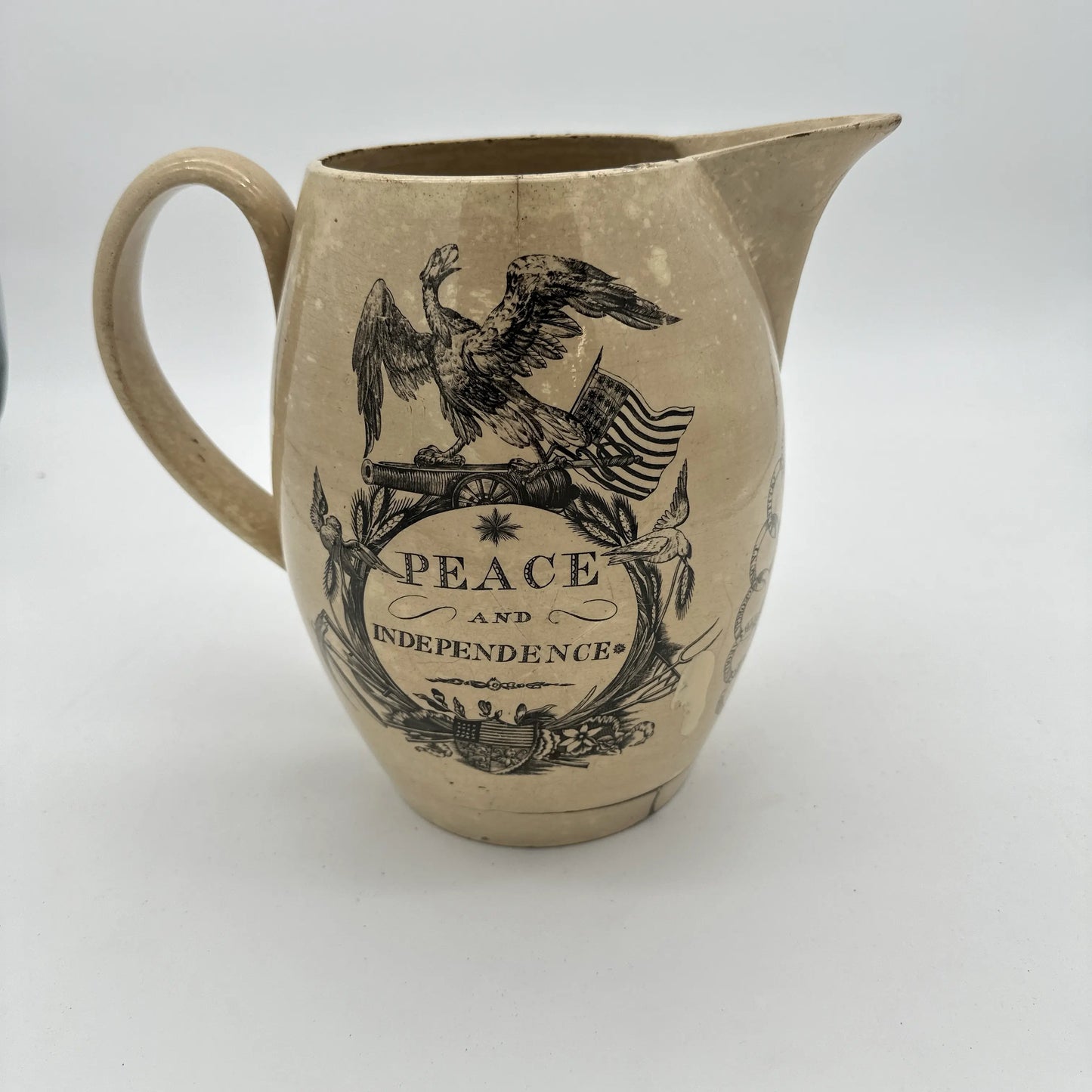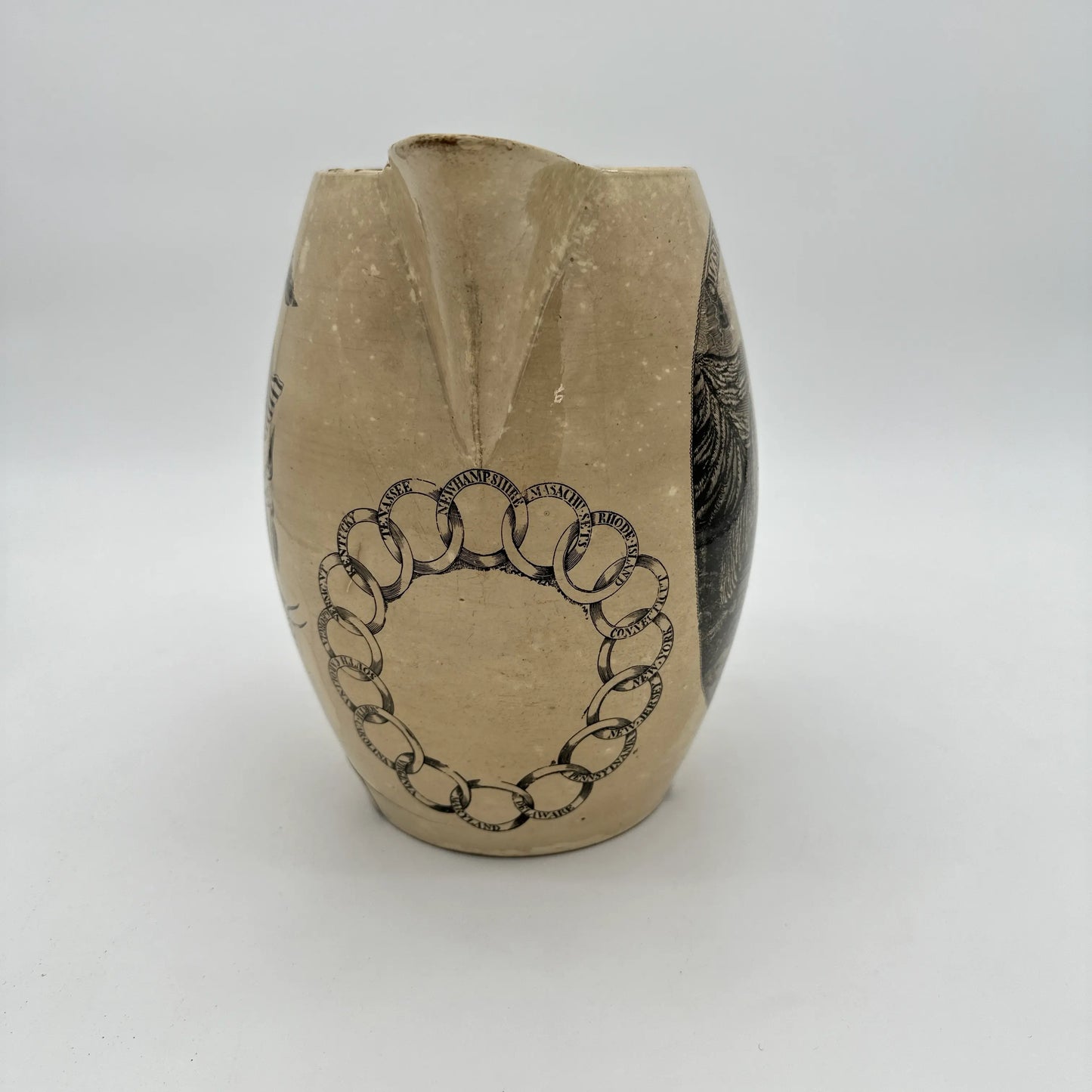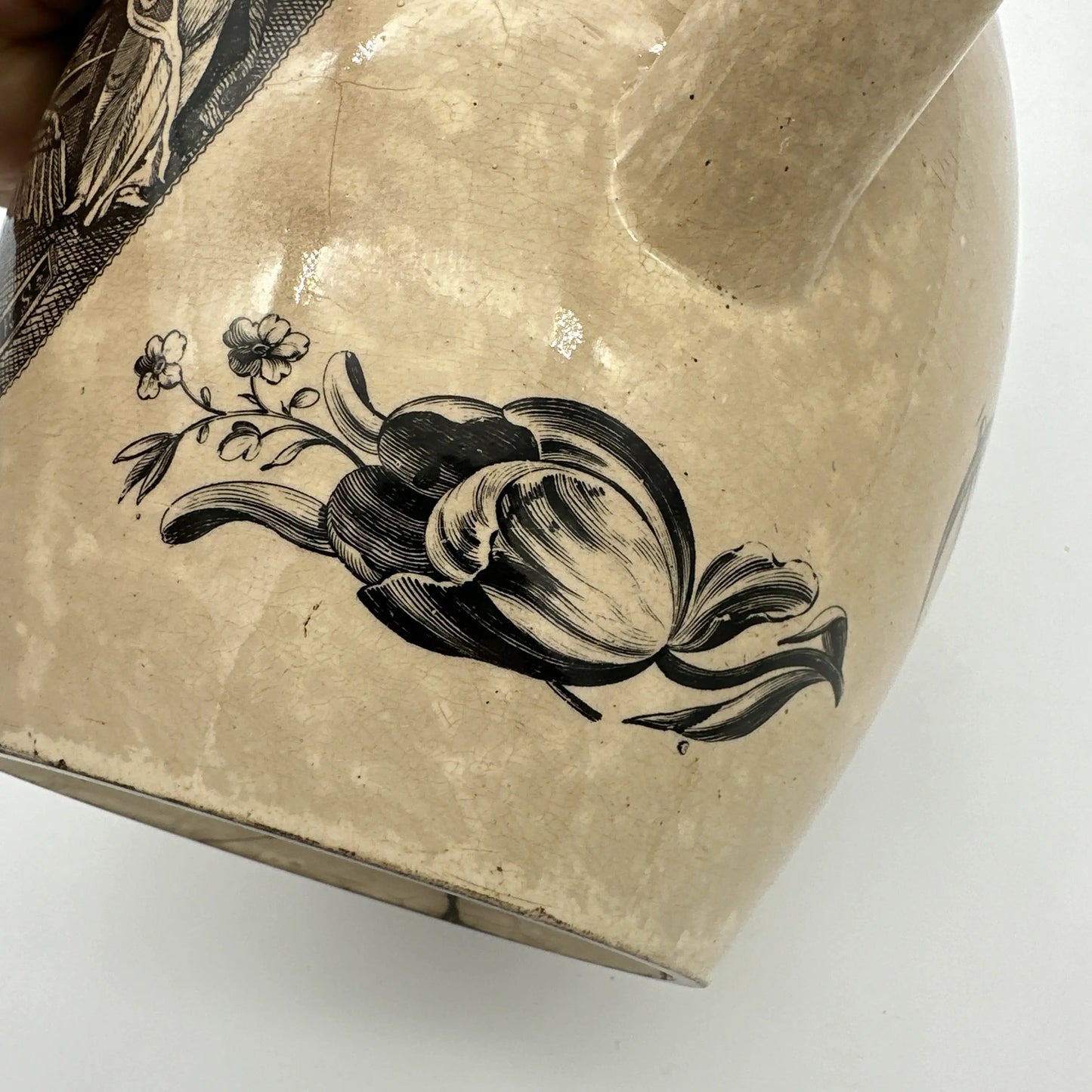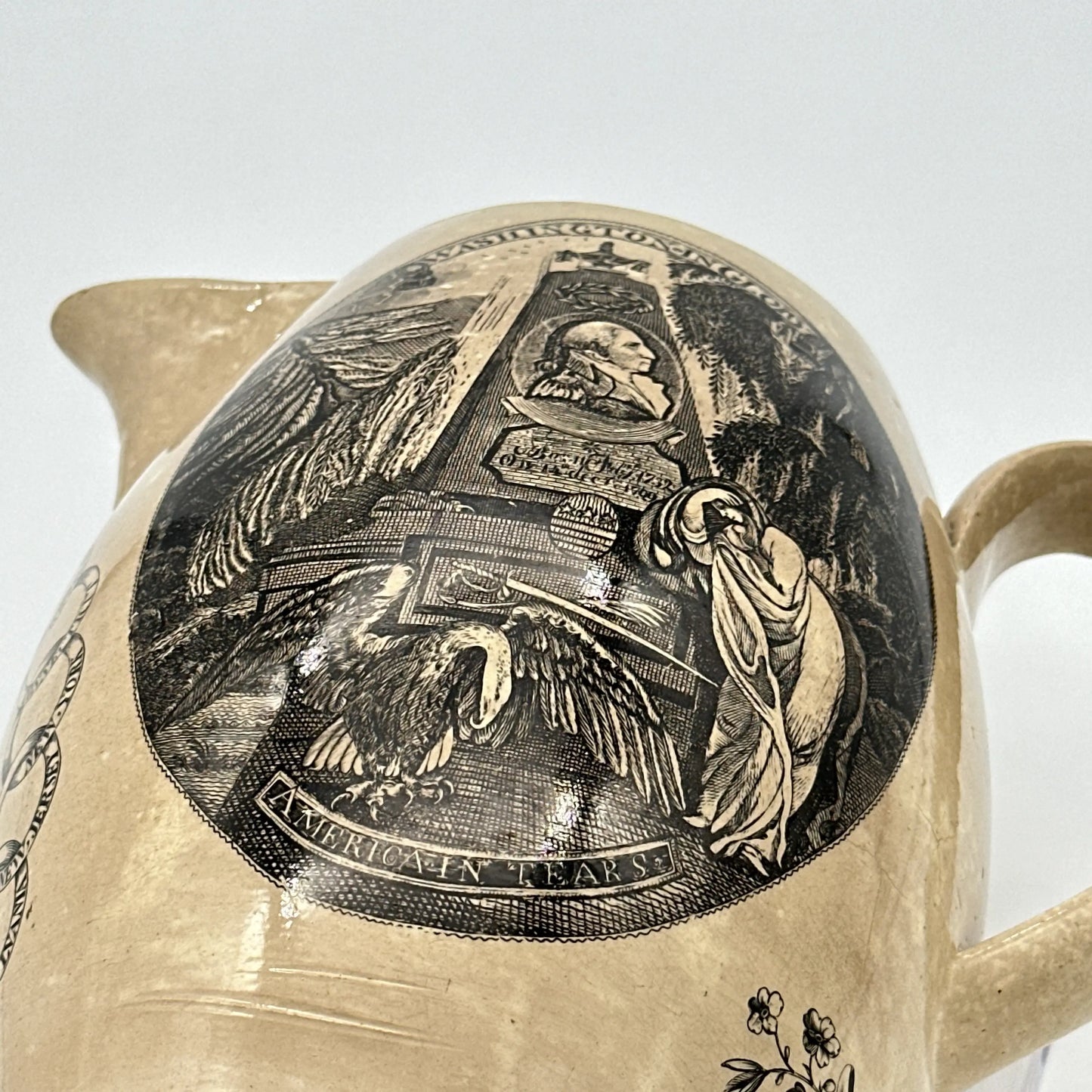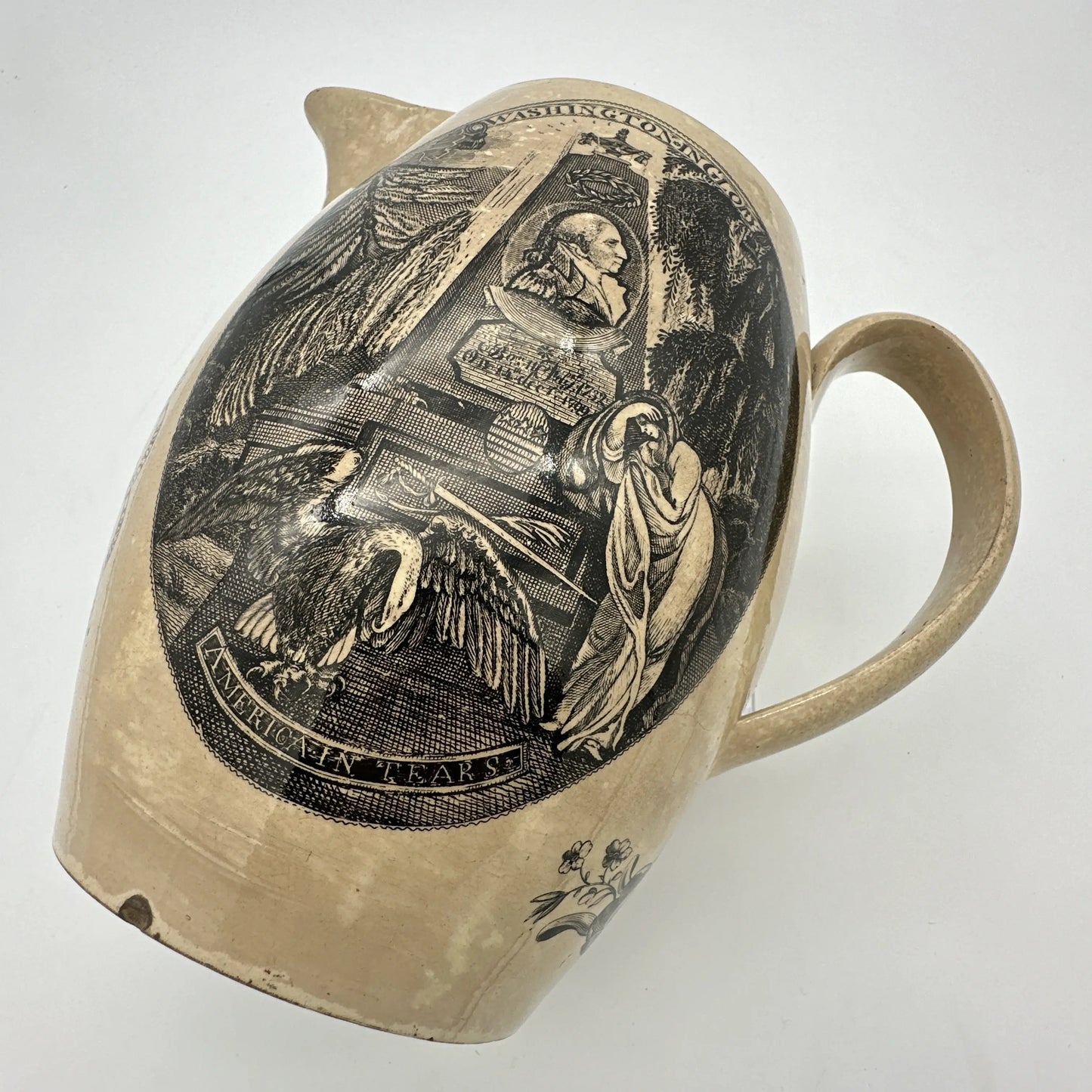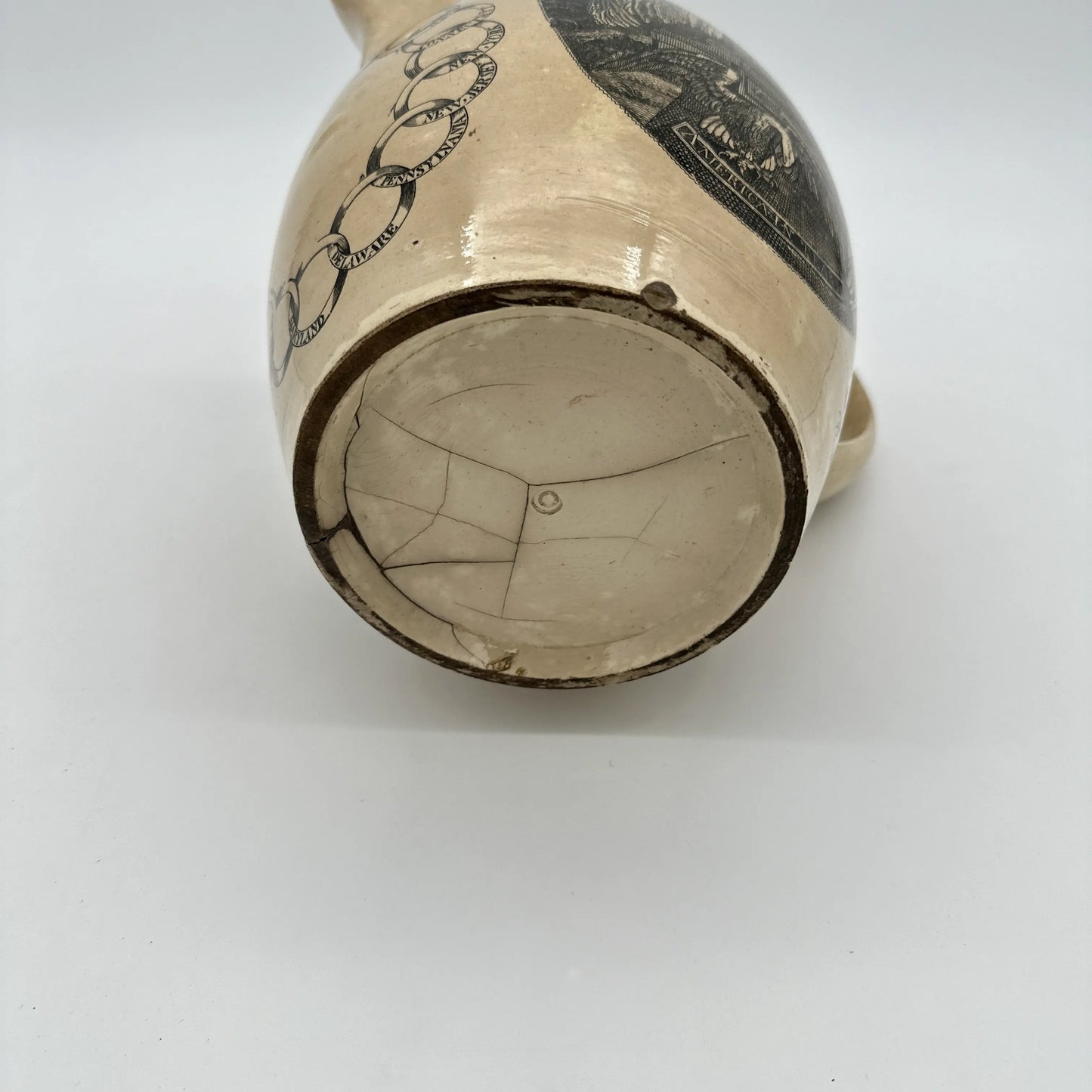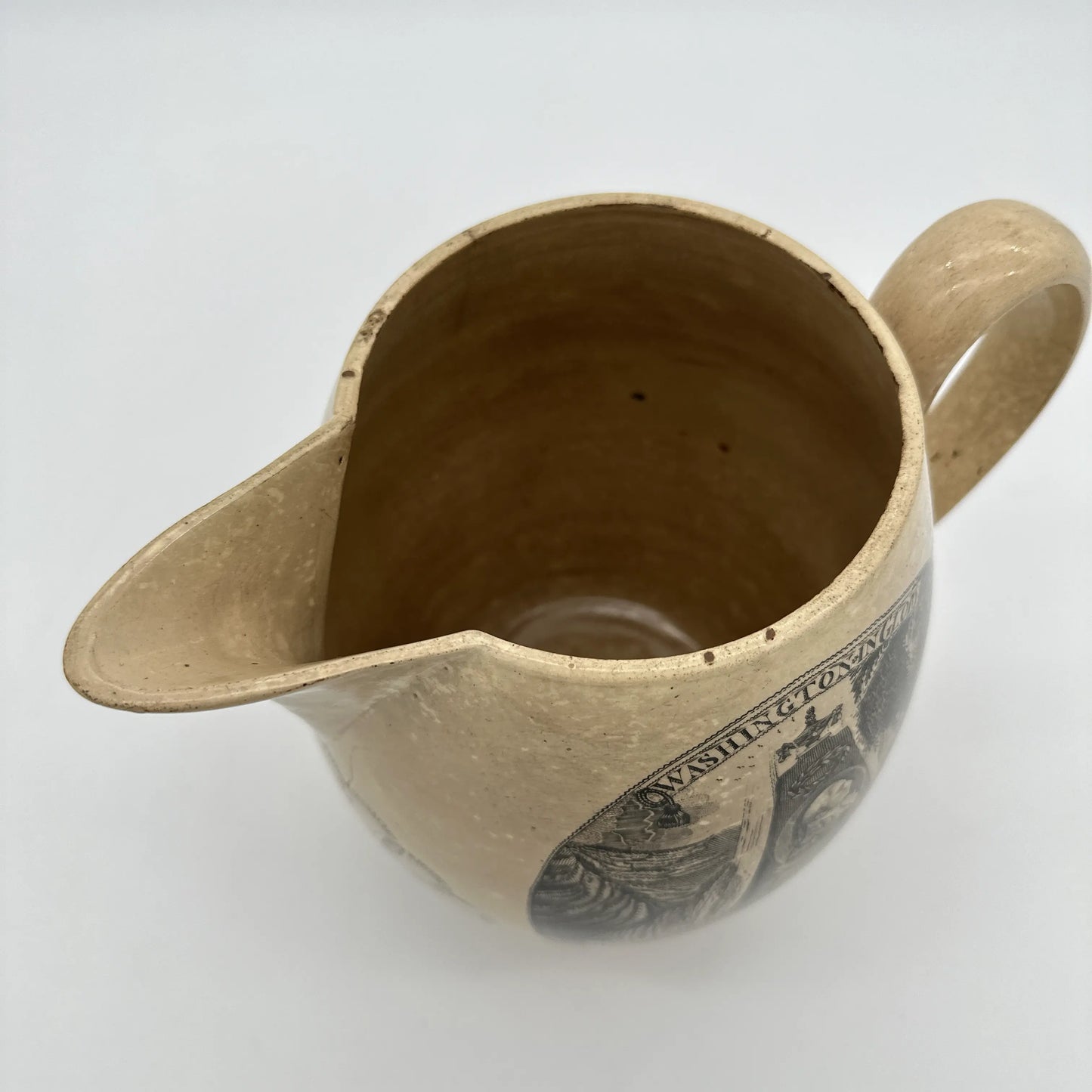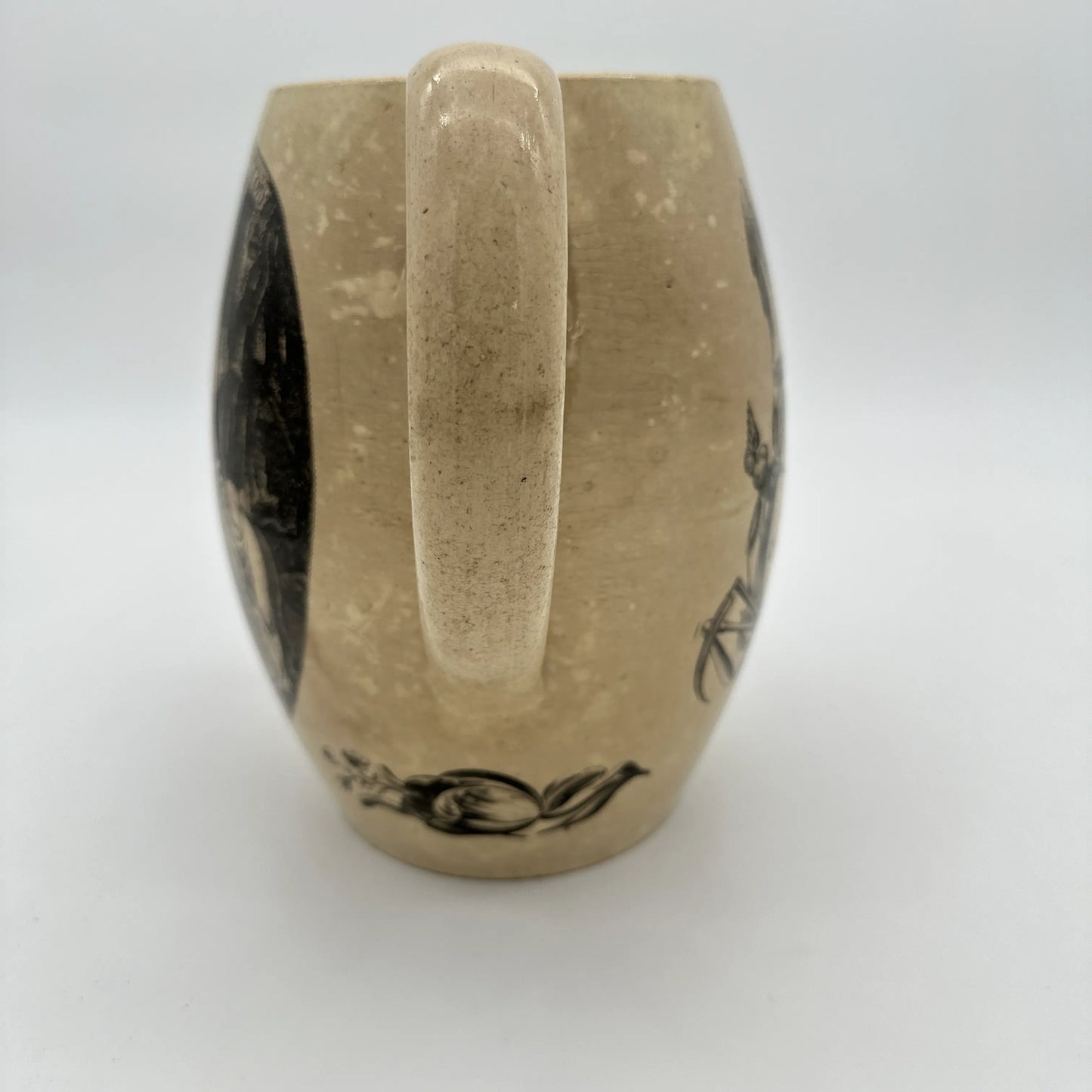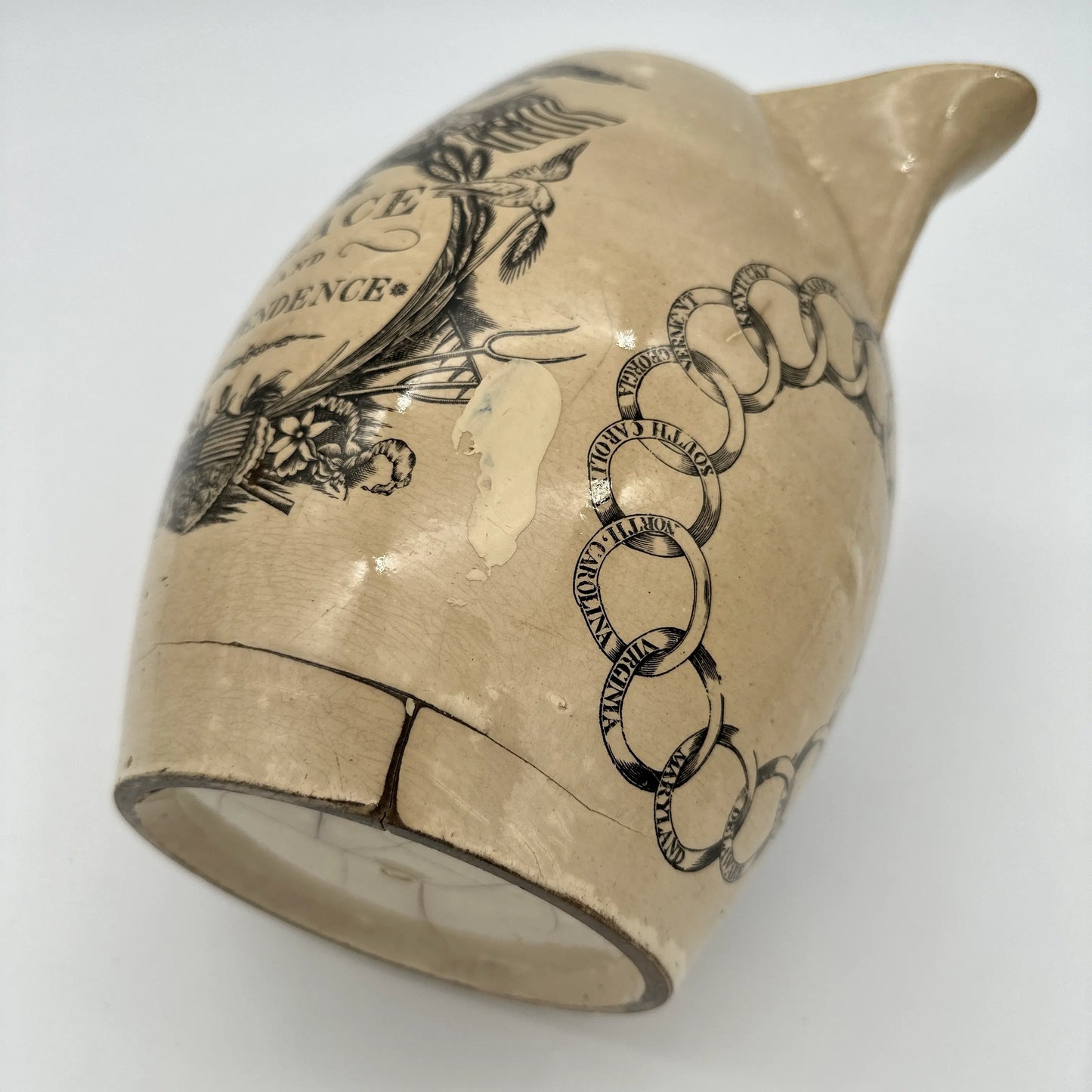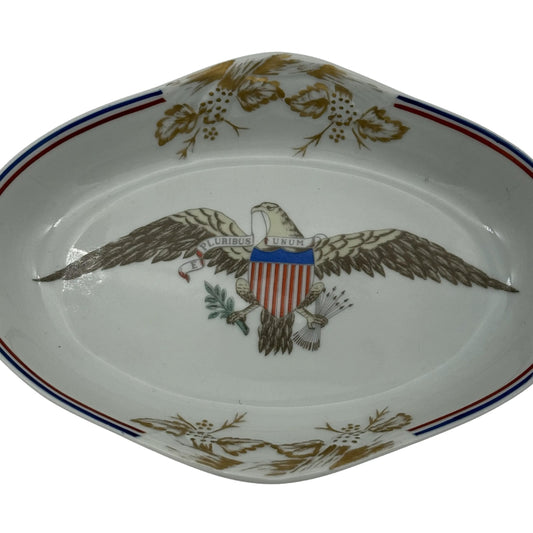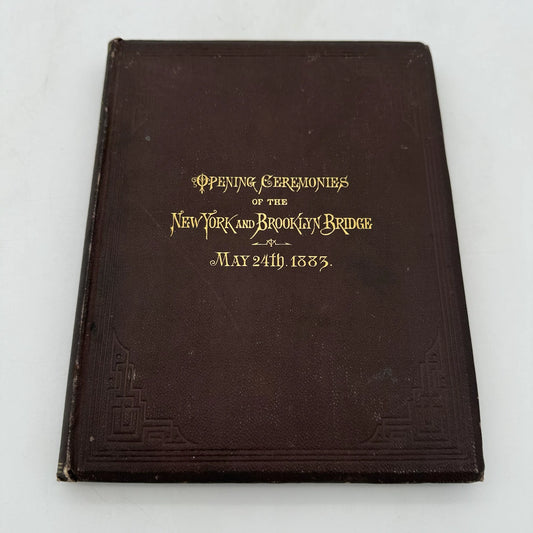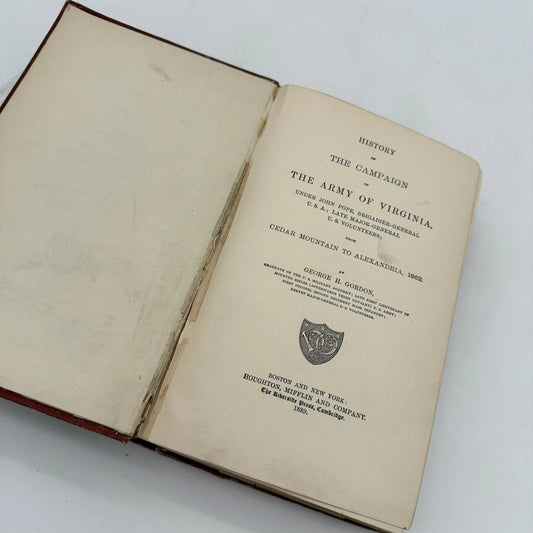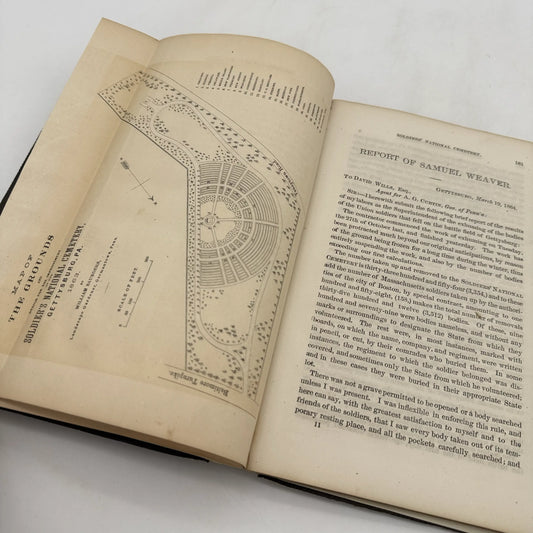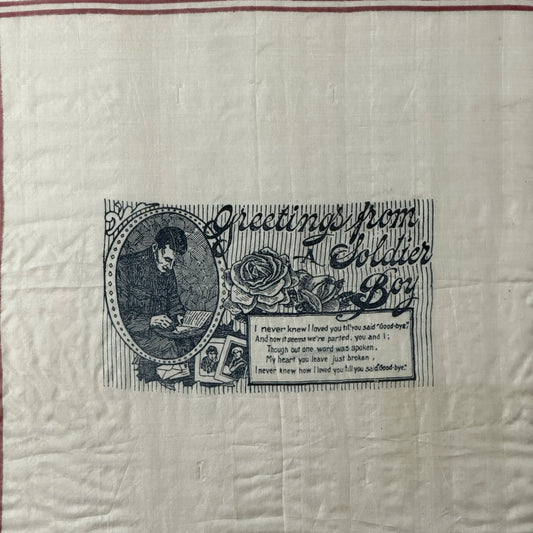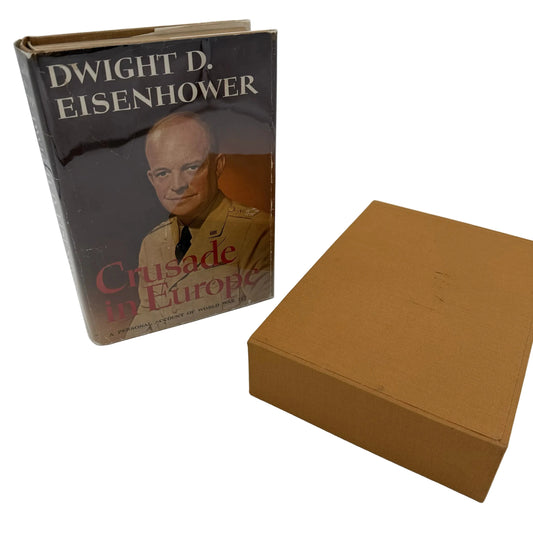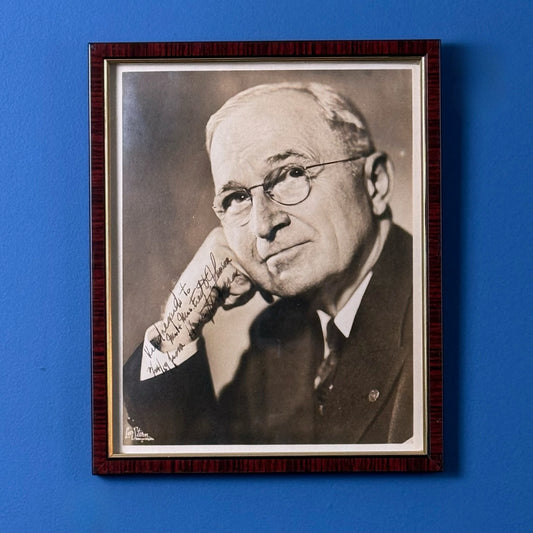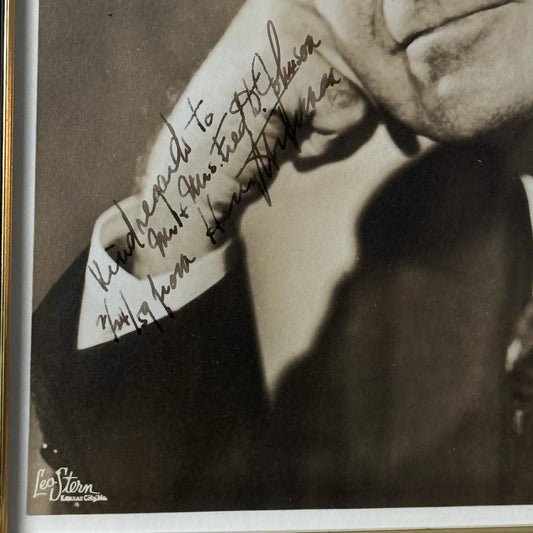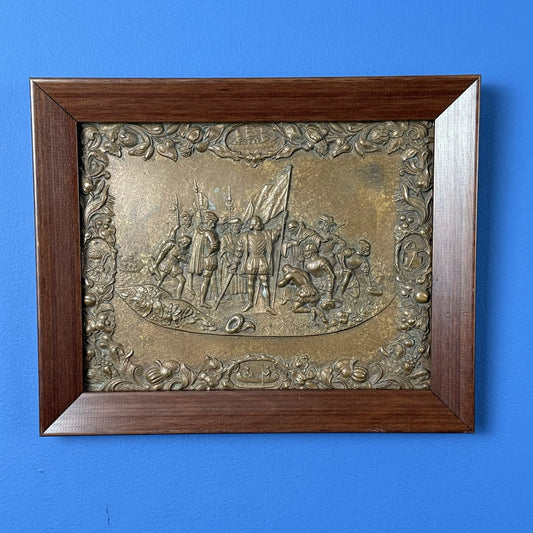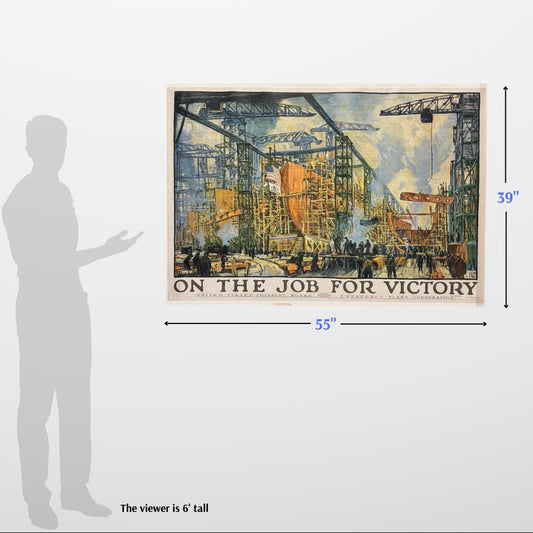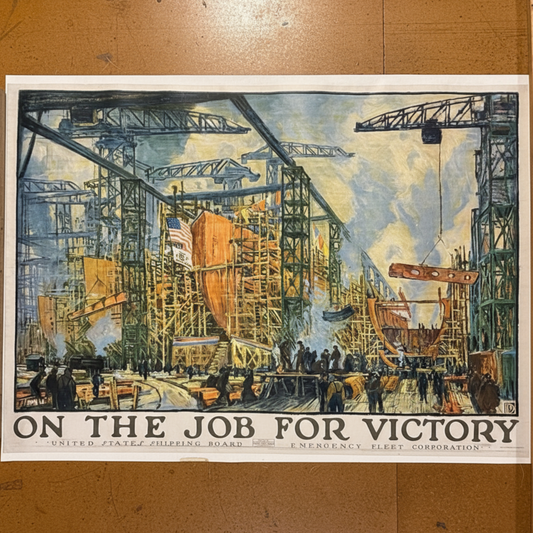1
/
of
12
Liverpool creamware pitcher commemorating George Washington after his death
Liverpool creamware pitcher commemorating George Washington after his death
No reviews
Updated at 11 pm: This has been sold.
. . .
This Liverpool creamware pitcher has a popular image of an eagle and shield on one side along with an image of the mourning of the death of Washington on the other. I’ve seen those on other Liverpool pitchers, but I’ve not seem them with this third image, of rings representing the 16 states. (This places the date of the pitcher between December 1799 and 1803.) And on top of that, two states were misspelled, “Tenassee” and “Masachusets”.
See below for more notes from the Smithsonian and Sotheby's.
— Lee Wright | Founder
Size: 9" x 4.75"
Shipping: $25. Please allow one week for shipping.
Historical background
Liverpool ware was like Staffordshire, originally intended for common use. Made of soft paste, it readily became chipped, cracked, and discolored and usually was just thrown away so acquiring good examples was difficult.
According to the Smithsonian describing a similar pitcher:
- There is no mark on the pitcher to tell us who made it, but it is characteristic of wares made in large volume for the American market in both Staffordshire and Liverpool between 1790 and 1820. Pitchers of this shape, with a cream colored glaze over a pale earthenware clay, known as Liverpool type, were the most common vessels to feature transfer prints with subjects commemorating events and significant figures in the early decades of United States’ history. Notwithstanding the tense relationship between Britain and America, Liverpool and Staffordshire printers and potters seized the commercial opportunity offered them in the production of transfer printed earthenwares celebrating the heroes, the military victories, and the virtues of the young republic, and frequently all of these things at once.
- Sotheby’s explains the process:
-
Transfer printing onto creamware began in England in the mid-18th century to fulfill the desires of the public seeking inexpensive yet decorative wares. It is a process by which a pattern or design is etched onto a copper plate; the plate is then inked and the pattern is transferred to a thin tissue; the inked tissue is then laid onto the already bisque fired ceramic, glazed, and fired again. The present jug, celebrating the American victory in the Revolution, would seem to have been produced for export to the American market.
Made by America
Made by America
Almost all of the new products we offer are designed by us and made in America and most of our Rare Finds were made in America.
Our original designs are based on our nation’s history and our love of American history. Read more about other things we've created, including The History List, History Camp, and The Pursuit of History, in addition to The History List Store.
Every product that is made in America states that in the product description and includes the "Made in U.S.A." graphic.
